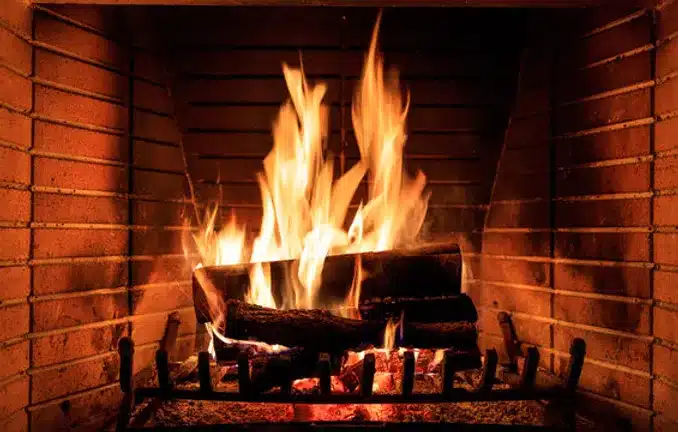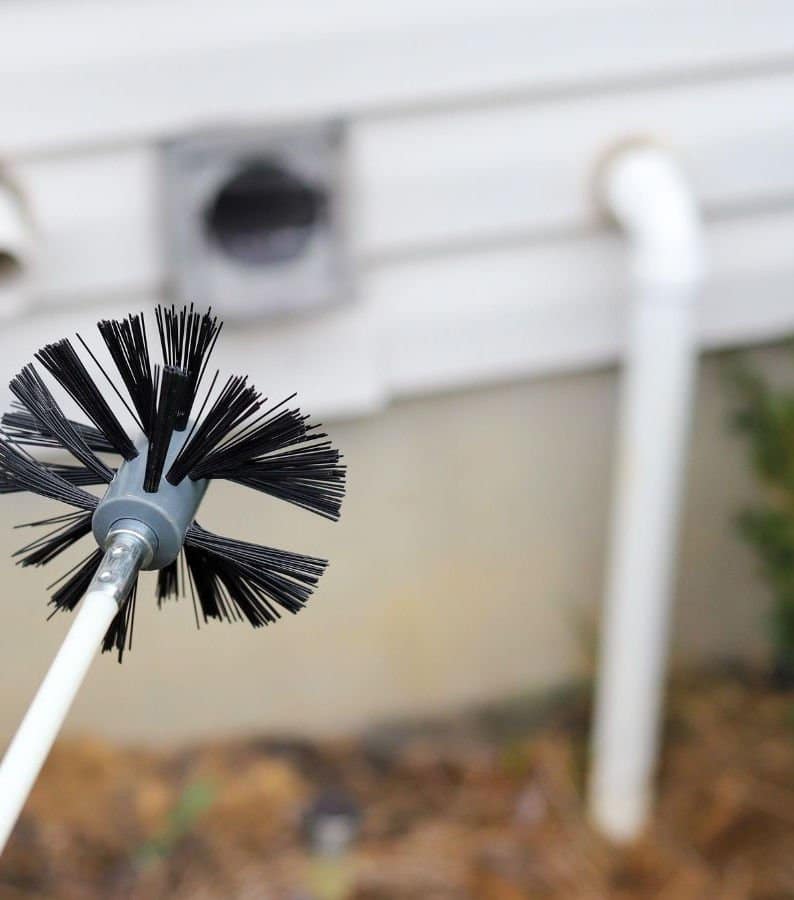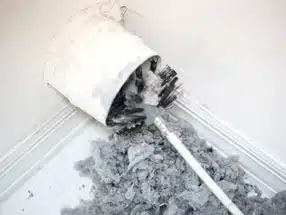
Even if you grew up with a fireplace in your home, there’s always more to learn about how to properly use, maintain, and enjoy your fireplace. You likely have questions about how to get the most heat and efficiency from your fireplace, how to know if it’s safe to use your fireplace. In it, we’ll cover:
- Common questions around chimney and fireplace use and maintenance
- Tips on using and maintaining your wood-burning fireplace, stove, or insert
- Tips on using and maintaining your gas-fired fireplace, stove, or insert
Let’s dive in.
How Do I Know if It’s Safe to Use My Fireplace? How do you know if it’s safe to use your fireplace? Is there a way to check if your chimney is working? And what should you look for in your chimney before you light the first fire of the season? The best way to know if your chimney is working and if it’s safe to use your fireplace is to schedule an annual inspection. During a chimney inspection, a chimney professional will evaluate your chimney and hearth appliance – top to bottom – and check for:
- Structural integrity
- Signs of damage, wear and tear, and improper installation that could threaten safe use (like cracked flue tiles, pilot light issues, broken dampers, incorrect clearance from combustibles, etc.)
- Dust, soot, and creosote buildup that could cause performance issues or cause a chimney fire
- Missing components (like chimney caps and chase covers) and signs of a chimney leak
- And more
Inspections typically take no more than an hour, and at the end of that time, you’ll have a comprehensive report detailing the condition of your chimney and hearth appliance. You’ll know if it’s safe for continued use or if there’s something you need to do first – like have the chimney swept or the damper repaired. An inspection is great because it’s affordable, it’s informative, and it takes the guesswork out of the equation. No wondering if your fireplace, insert, or stove is safe to fire up on the first cold night. Just total peace of mind.
How Do I Know if My Chimney Is Bad? This is another question that’s best answered with a chimney inspection. When you get the eyes of a pro on your chimney system, you’ll know if something isn’t right with your chimney because they’ll tell you. That said, there are some signs you can keep an eye out for that could signal your chimney is damaged or has other issues that need to be addressed.
Look for things like:
- Rust in your firebox or down the sides of your chimney
- Discoloration or vegetation growth on your chimney
- Pieces of flue tile or spalling brick in your firebox
- Brick deterioration or spalling on your chimney’s exterior
- Failing mortar on your chimney’s exterior or in your firebox
- Pooling water in your fireplace
- Missing chimney cap
- Water stains near your chimney and fireplace
- Cracks in your chimney crown or rust on your chase cover
- Smoke pouring into your home when you light a fire in your fireplace
- Changes in performance issues with your fireplace, insert, or stove
- Smelly odors coming from your fireplace
- Popping, cracking, or other loud sounds coming from your chimney when in use
- Difficulty getting and keeping a good fire burning in your hearth appliance
- Soot or creosote falling down into your fireplace
How Can I Tell if My Chimney Needs Cleaning? You may be able to tell if your chimney needs cleaning by looking up inside the flue with a flashlight. Here at CSIA, we recommend that chimneys be cleaned when an 1/8” of soot buildup is present or when any amount of glazed creosote is present. Why do soot and creosote need to be removed? Soot can be dangerous because it’s a lung irritant and it can make a mess if it gets into your home, but creosote is the biggest concern. Creosote is highly flammable – it’s basically composed of unburned wood particulates – and it can easily cause a chimney fire that destroys your flue liner and spreads to other areas of your home. On top of that, creosote is a carcinogenic, it’s smelly (especially when mixed with the humidity that comes with the summer months in some parts of the country), and it’s corrosive and damaging to the chimney system.
Do I Need to Sweep My Chimney Every Year? Not all chimneys need to be cleaned every year. Some chimneys will accumulate soot and creosote buildup faster than others, depending on how often the appliance is used, the type of wood burned, the efficiency level of the appliance, and other factors.
https://www.csia.org/homeowner-resources/the-ultimate-guide-to-using-your-fireplace/



